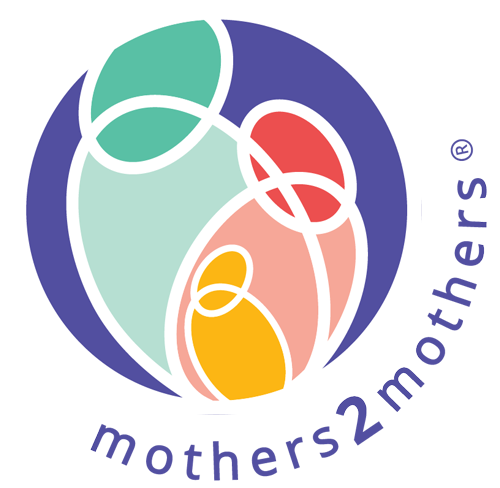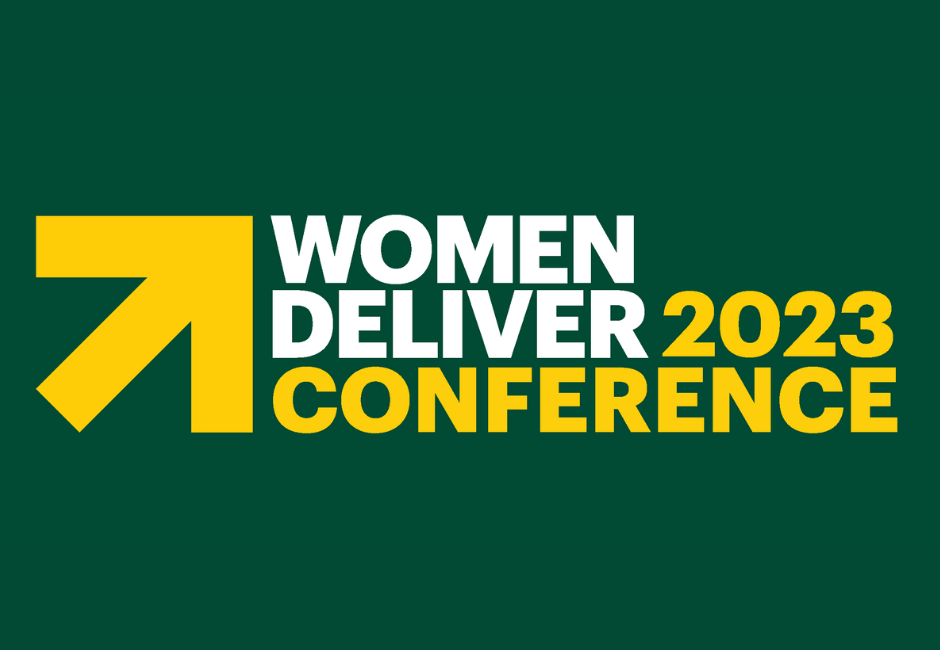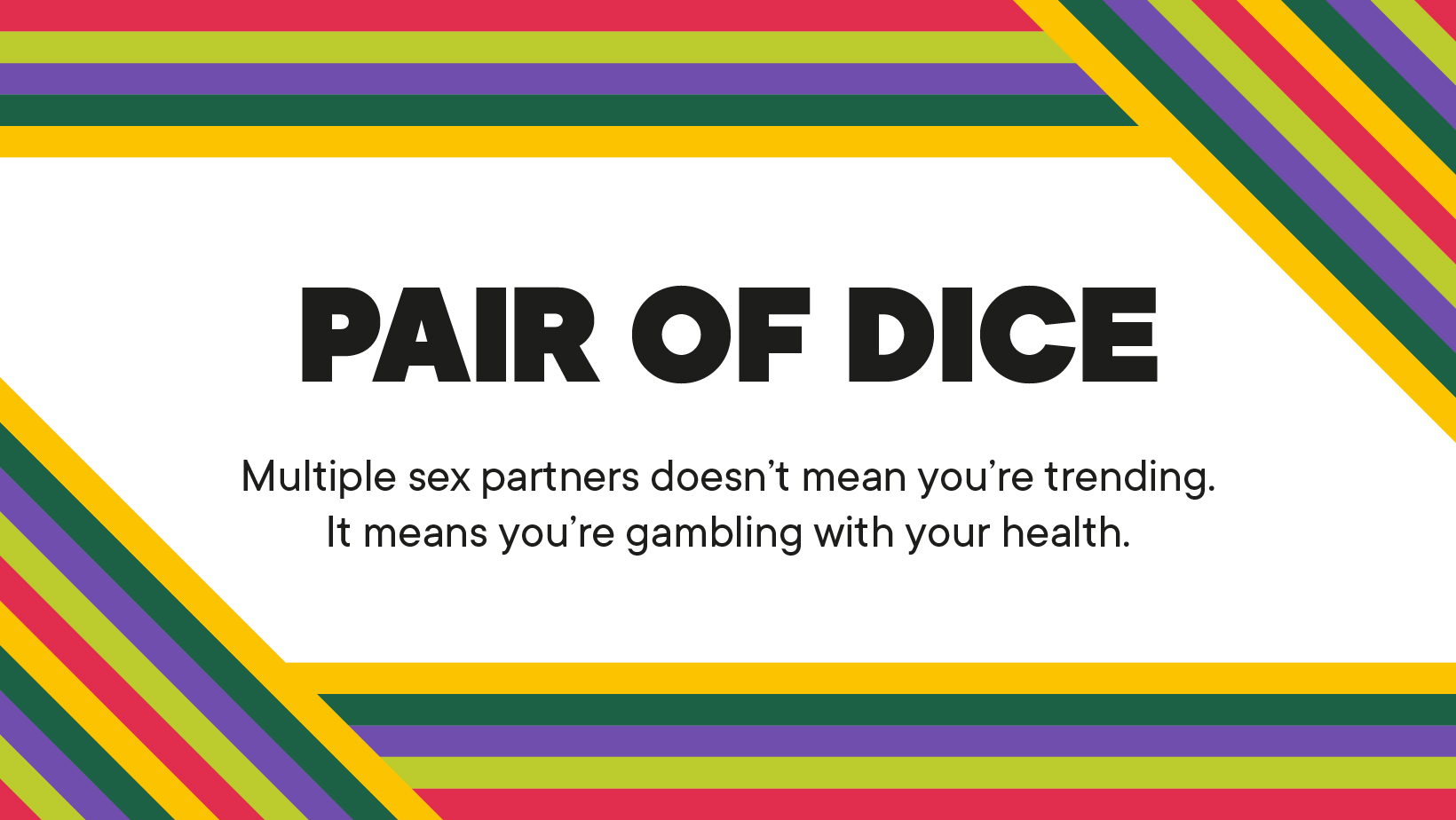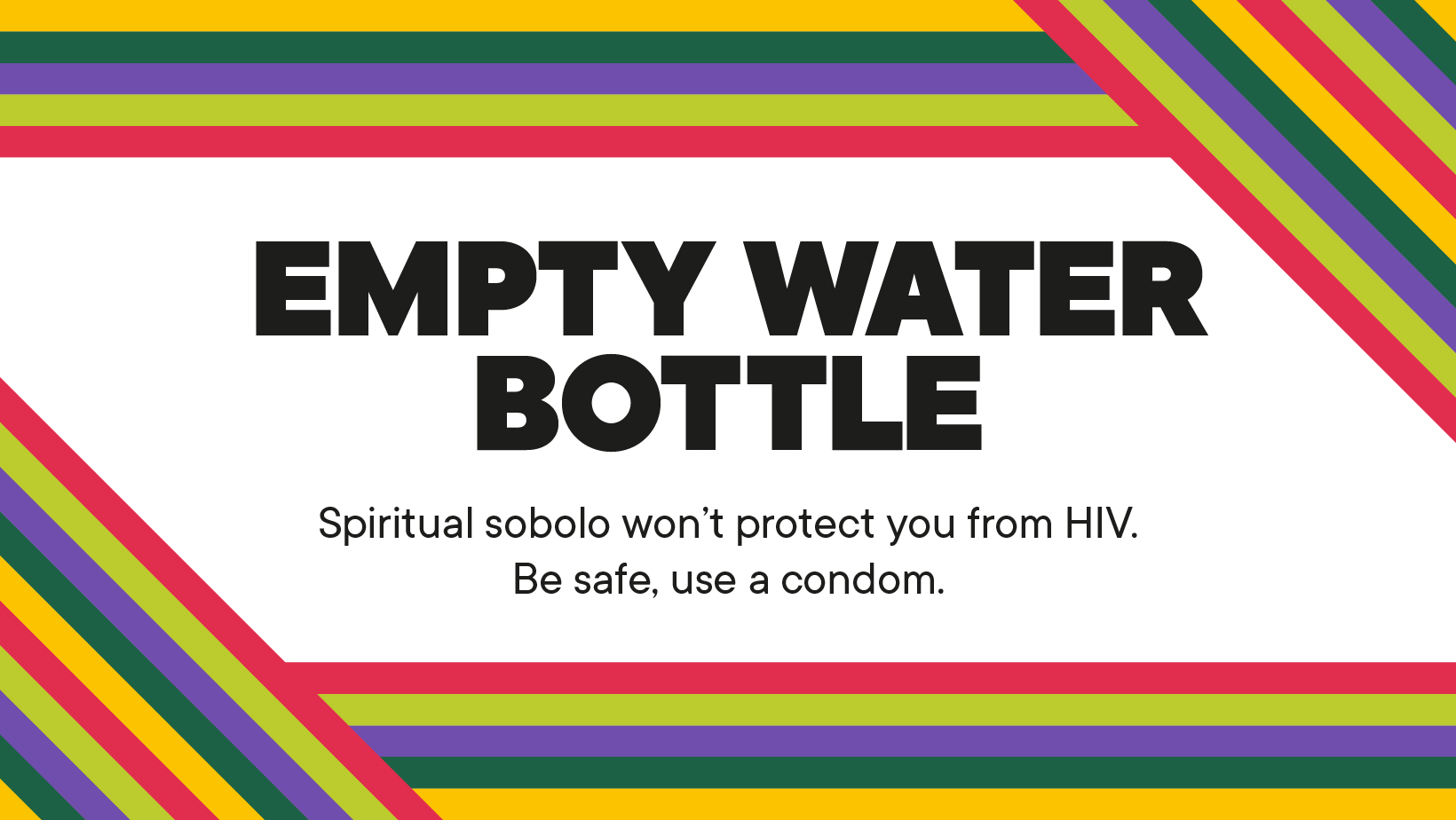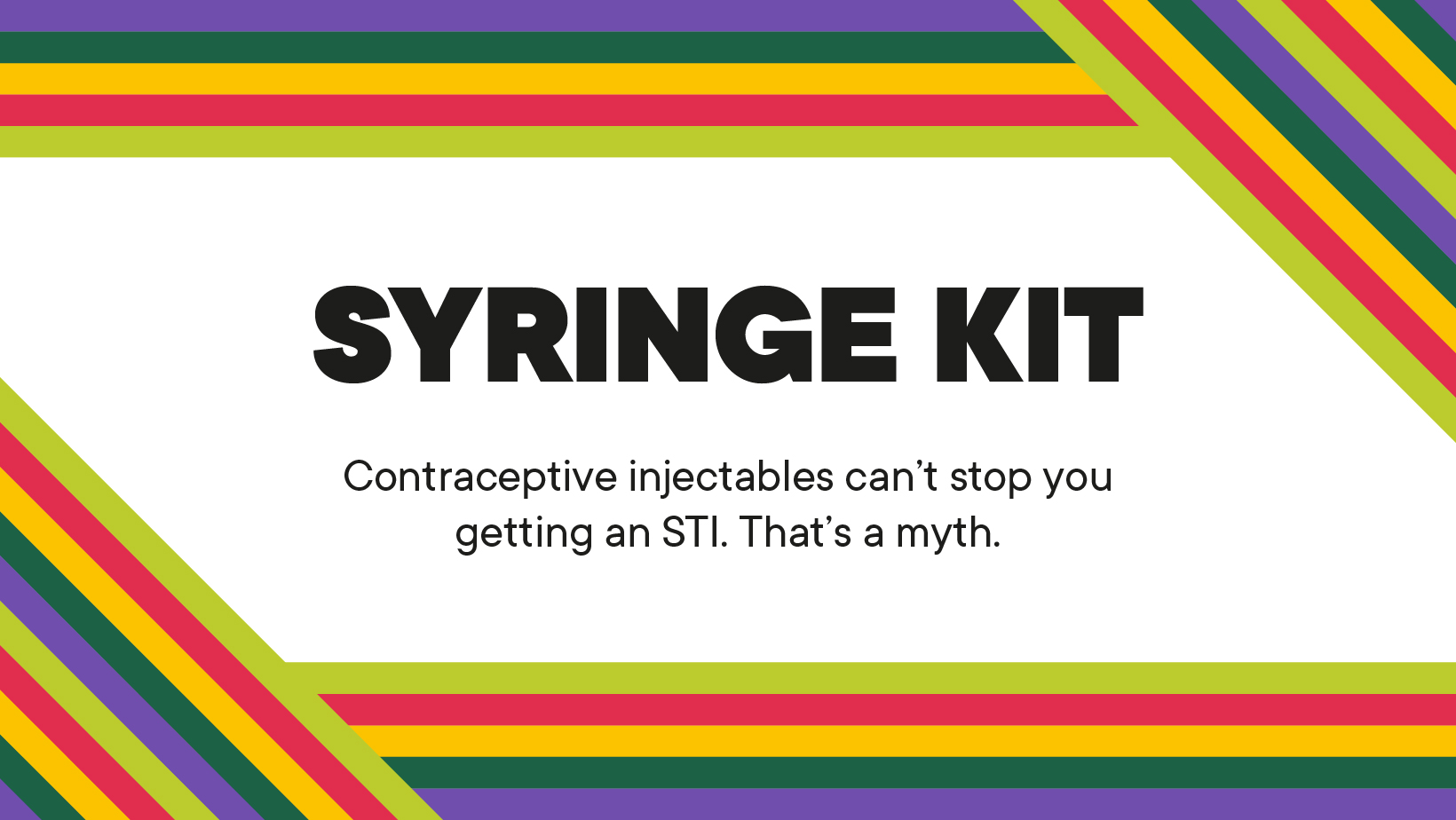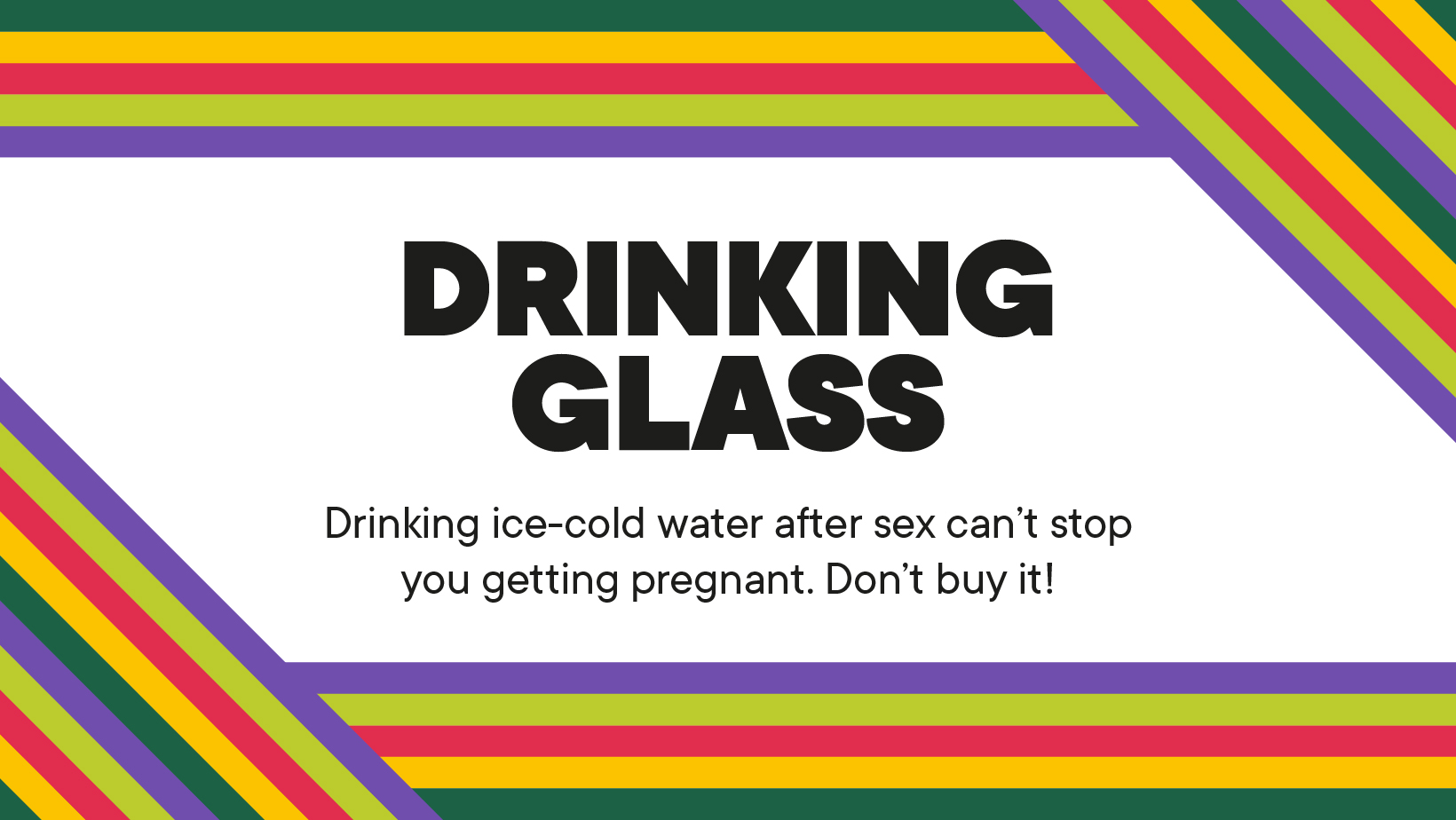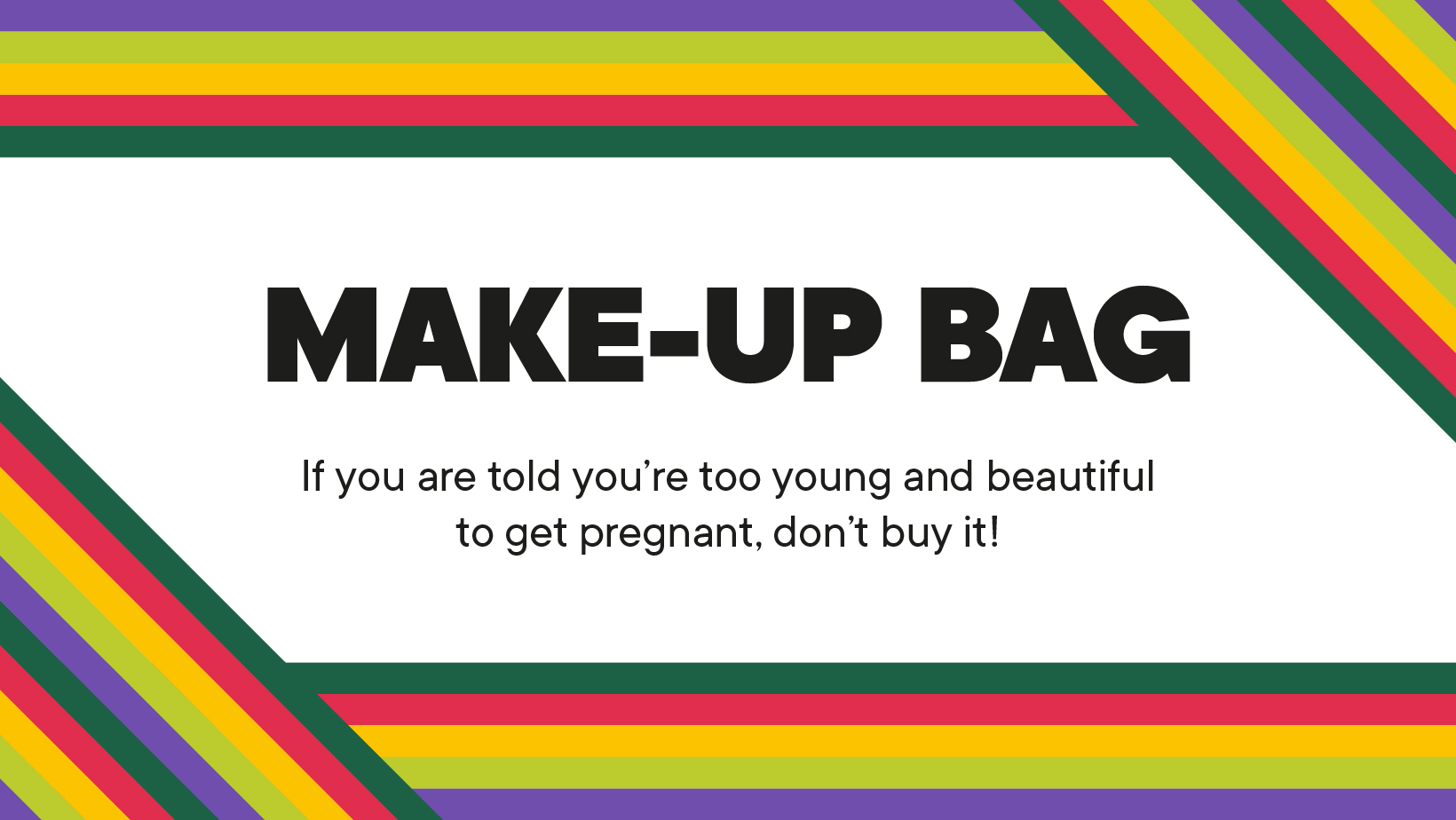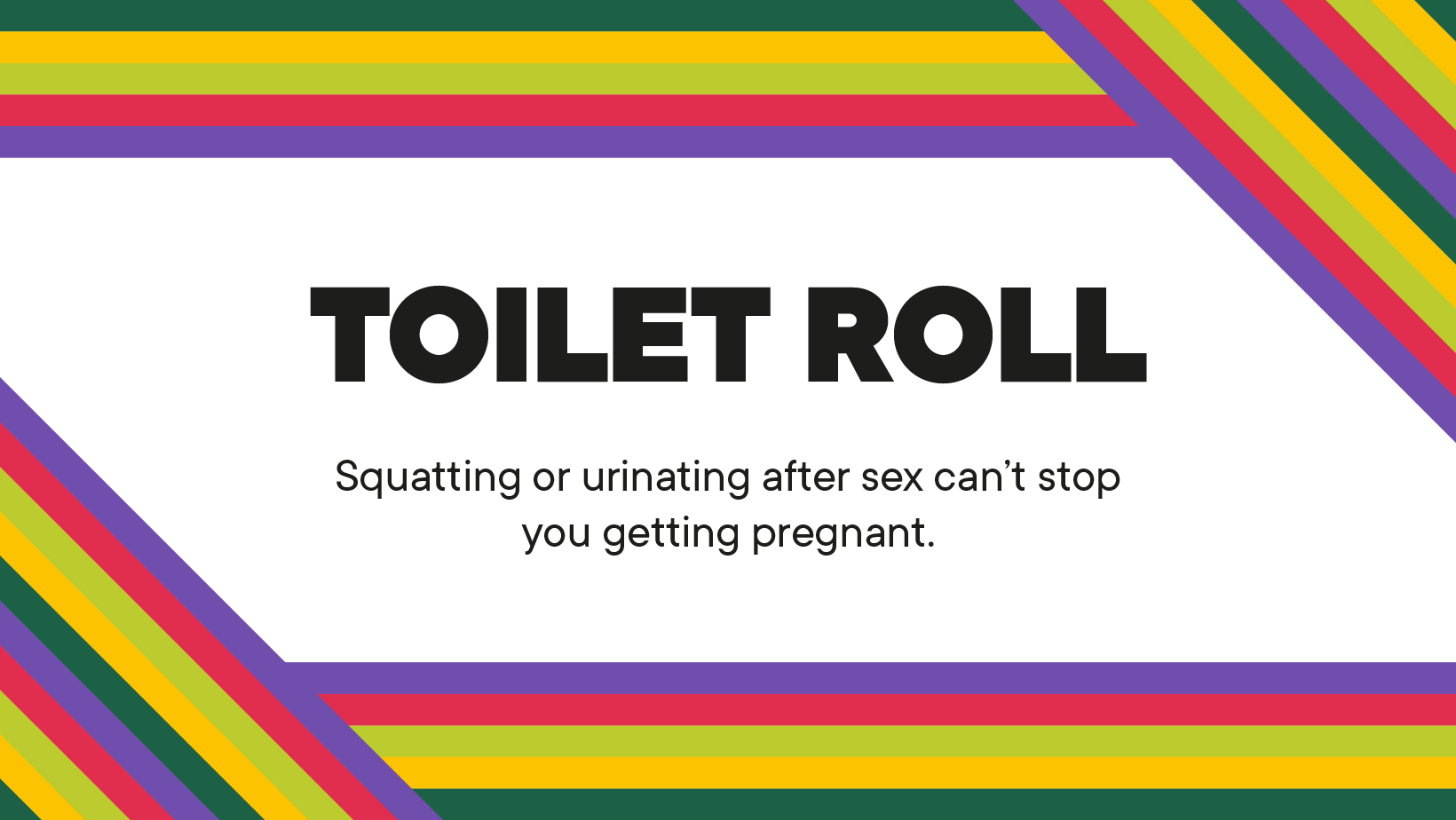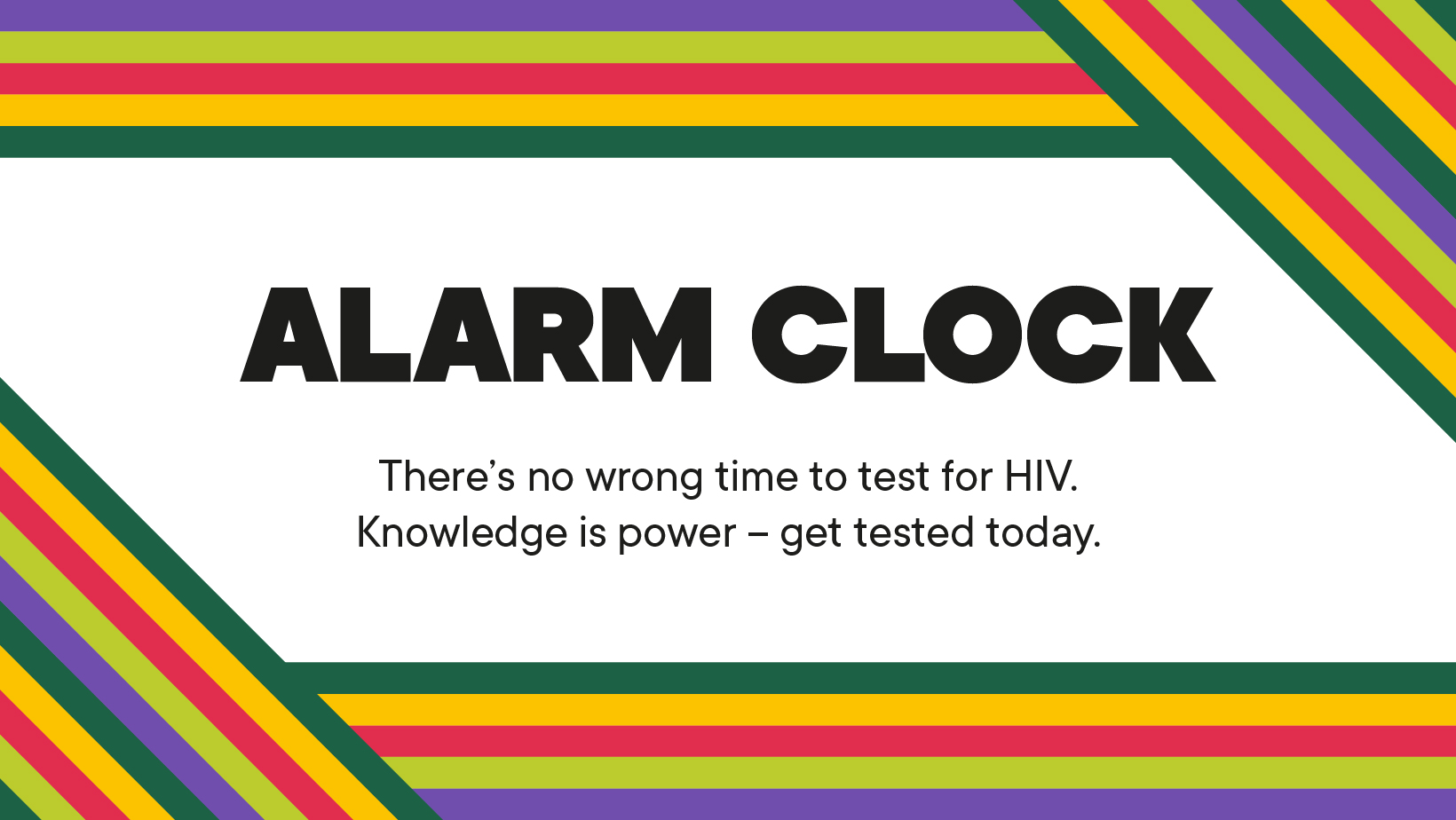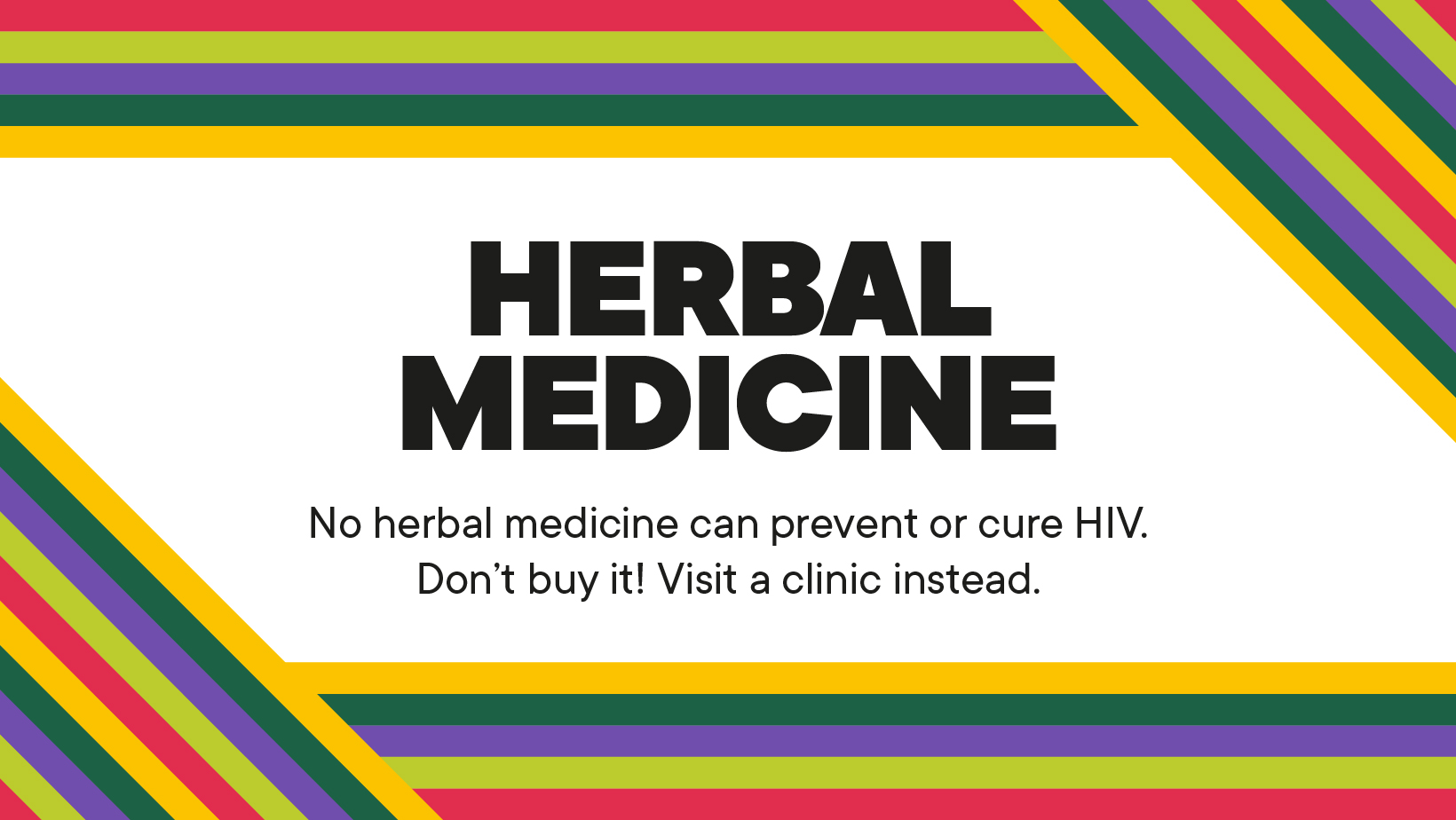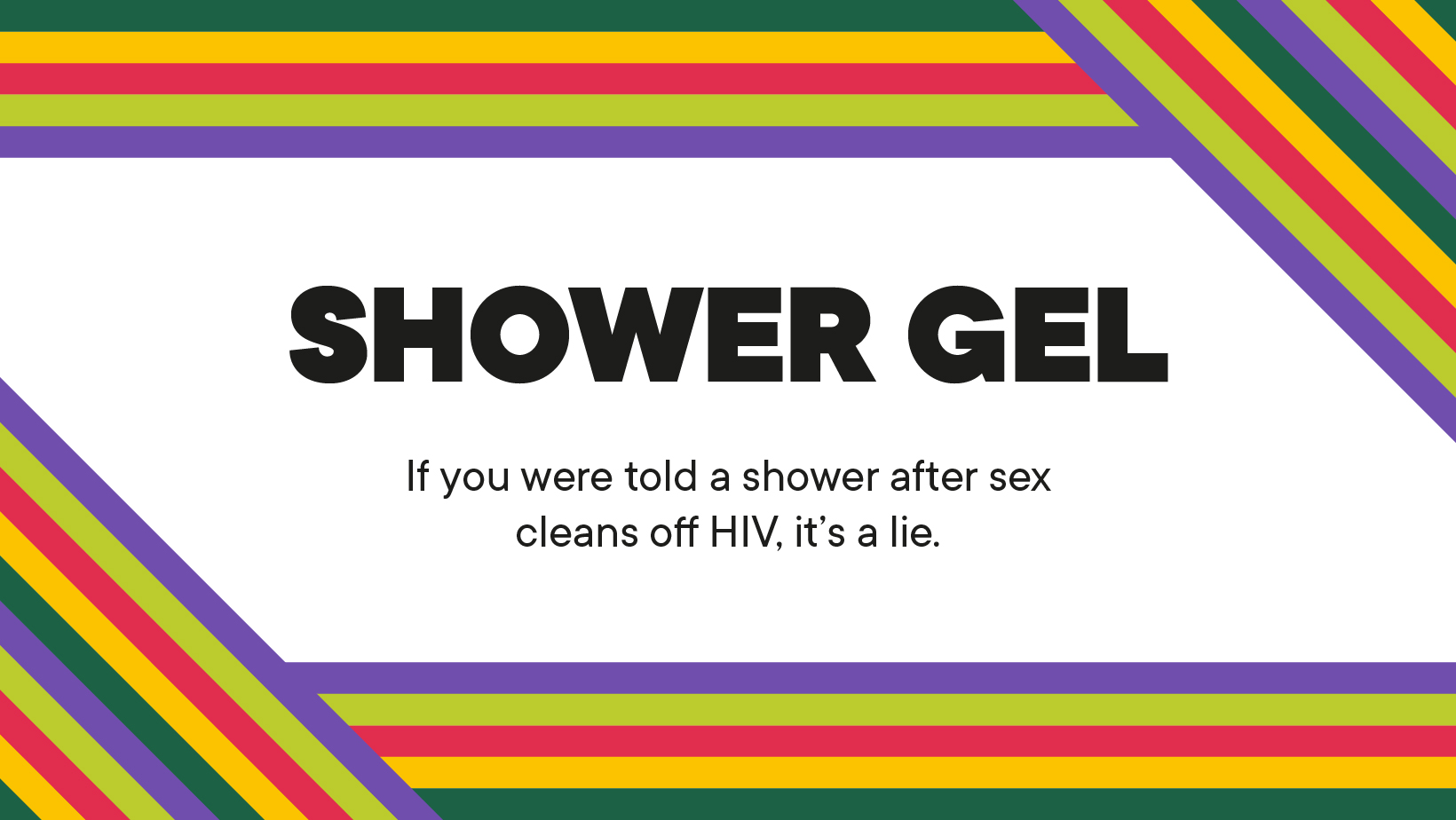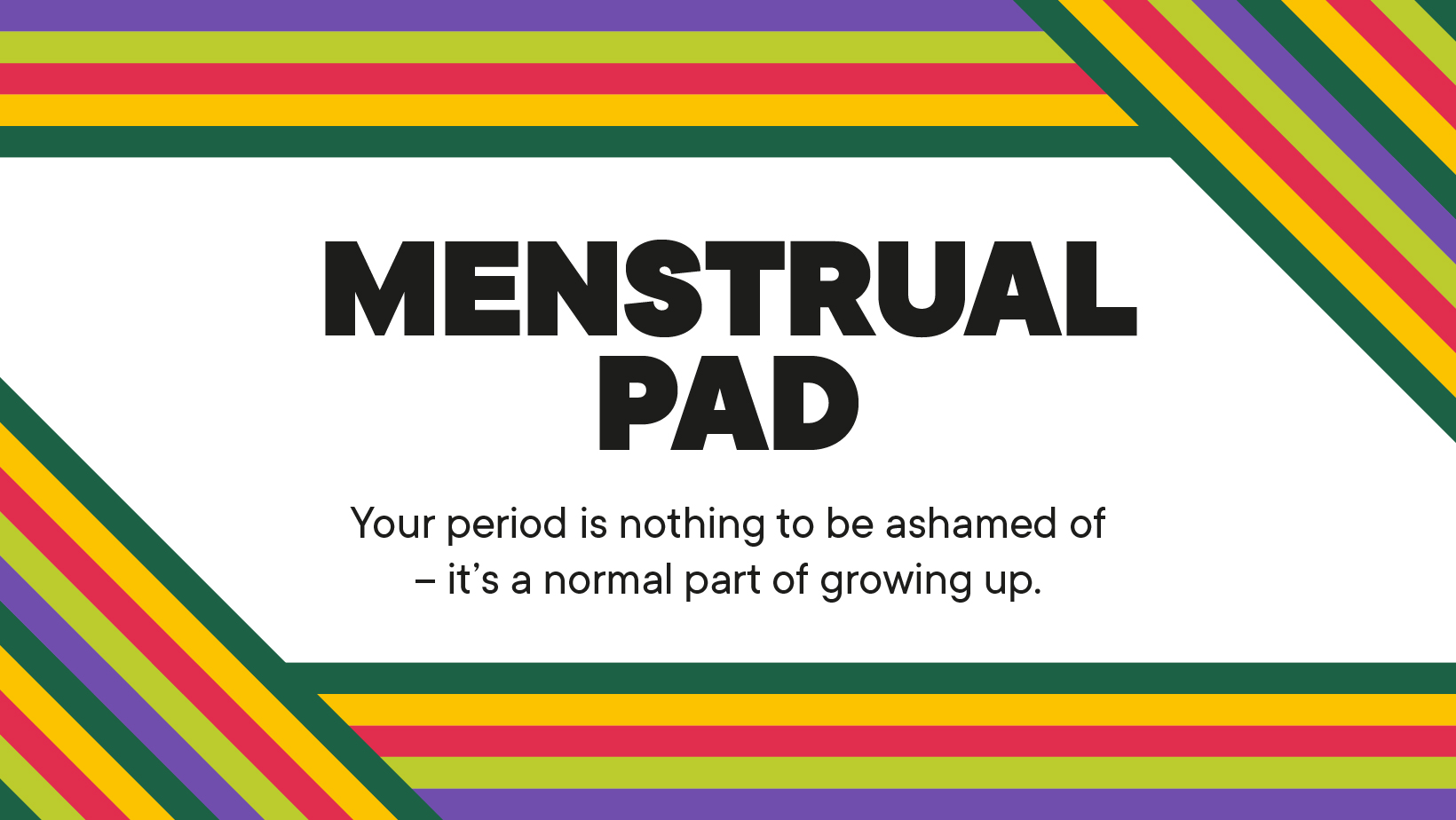Achieving Growth and Impact Amid Two Pandemics: Our 2020 Impact Report
mothers2mothers’ (m2m) is delighted to release the results of our 2020 Annual Programme Review. Our 2020 impact report outlines how m2m achieved growth and impact amid two pandemics.
2020 Impact Report
Click here to download full factsheet: 2020 Annual Programme Review
We are proud to share that—despite the disruption and fear caused by the COVID-19 pandemic—we have grown our reach and delivered excellent outcomes, including achieving the virtual elimination of mother-to-child transmission of HIV for enrolled clients for the seventh year in a row. Thanks to m2m’s flexible model, the dedication and skill of our frontline teams, and innovations across the organisation, we have been able to advance our mission and weather the crisis of COVID-19—protecting our frontline staff and clients, while delivering innovation, growth, and impact.
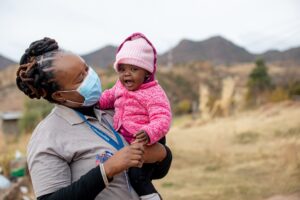
m2m Mentor Mother Liako Serobanyane with one of our youngest clients in Ha’ Potsane, Lesotho
We are also proud to have been able to maintain and protect meaningful jobs for African women living with HIV in 2020, providing much-needed income during a time of unprecedented economic crisis. As of the end of 2020, m2m employed 1,698 frontline staff members.
Our Scale
It’s clear from the 2020 impact report that m2m’s footprint is larger than it has ever been. We now work in 10 African nations across Eastern, Southern, and Western Africa. In 2020, we began full-scale implementation in Angola and Ghana, deepened interventions in Zambia, and recommenced operations in Tanzania.
Our client base grew as well. We enrolled 1,044,045 new clients directly into our programme in 2002, a 14% increase over 2019. In total, we reached a 1,331,449 new and returning clients in 2020 through direct services and technical assistance, a 4% rise from the year before.
We also broadened our client base in line with our commitment to increase access to healthcare for everyone—reaching 16% more children (ages 0-2), 31% more adolescents (ages 10-19), and 16% more young adults (ages 20-24), compared to 2019. The increase in the number of adolescent girls and young women reached is particularly critical, as adolescent girls and young women continue to be one of the most at-risk populations for contracting HIV.
Significant Progress on the Journey to End HIV by 2030
One of the big highlights of the year is that we achieved virtual elimination of mother-to-child-transmission of HIV for the seventh year in a row for our enrolled clients, with an average rate of just 0.8% across three representative countries (Lesotho, South Africa, and Uganda), 1 well below the United Nations benchmark of 5% for virtual elimination. This is the first time this critical rate has dipped below 1%. The rate was also below national averages in Lesotho, South Africa, and Uganda.
Global Goals
When COVID-19 struck, a key fear was that HIV service disruptions would result in a drop in testing and treatment availability and that people living with HIV would fall out of care. We are proud to say that for our enrolled clients, this has not been the case. What’s more, we reached almost all UNAIDS Fast-Track Targets to end the HIV/AIDS pandemic by 2030—95% of people living with HIV know their status, 95% of people who know their status initiate treatment, and 95% of people on treatment are virally suppressed.
Among the 2020 highlights of the Annual Programme Review:
- Ninety-eight percent (98%) of m2m’s pregnant clients at health facilities were tested for HIV, compared to the 91% benchmark for Eastern and Southern Africa.2
- Ninety-seven percent (97%) of m2m’s pregnant and breastfeeding clients living with HIV accessed antiretroviral therapy (ART), exceeding the UNAIDS benchmark of 85% in Eastern and Southern Africa. 3
- Ninety percent (90%) of m2m clients across all age groups who received a viral load test were virally suppressed. Understanding “viral loads” is critical. An “undetectable” viral load means a client is more likely to be healthy, and also plays a critical role in stopping new infections. “Undetectable = Untransmittable (U=U),” means that a person living with HIV is on anti-retroviral therapy with a consistently undetectable HIV viral load, and the virus cannot be transmitted to others.
eServices deliver impact
As COVID-19 began to spread across Africa, we rapidly innovated and adapted our service delivery model to blend in-person services and eServices. This included replacing some in-person appointments with structured calls, underpinned by mHealth apps designed to both deliver services and track progress. m2m also accelerated the development and launch of the Virtual Mentor Mother Platform, an interactive tool run on WhatsApp that enables users in nine countries to access on-demand health information and service referrals on COVID-19 and other important health topics in over 20 languages.
Through these approaches, we reached more than 200,000 people in 2020 who might otherwise have been at risk of falling out of care. This new hybrid approach to service delivery is contributing to sustained—and even improved—health outcomes for our clients across the HIV care and treatment cascade, despite significant disruptions caused by the COVID-19 pandemic. This includes: 94% of eServices clients took their treatment more than 95% of the time, 87% of eServices clients had a viral load test done, and 93% of eServices clients were virally suppressed
—
We are grateful to our team, whose resilience and dedication, has made these remarkable results possible. We thank our partners who have supported us on this journey. Together, we will deliver our vision of health, hope, and an HIV-free future.
1 We benchmarked the MTCT rate for our enrolled clients across these three diverse countries in 2020, as we had access to comprehensive digital data for the full cohort period in these nations.)
3 Ibid
